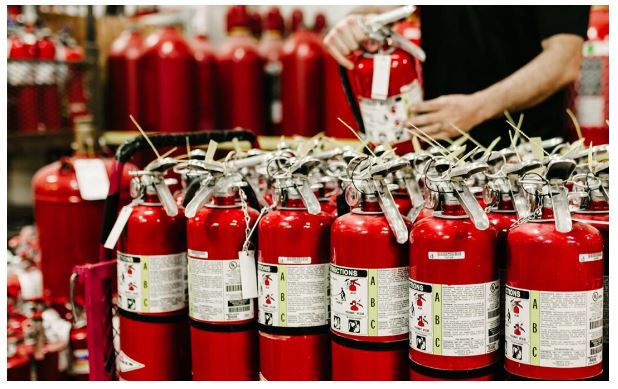Hydrostatic testing is conducted to examine the structural integrity of a pressure vessel. This method of testing checks the strength and reliability of various systems, such as pipelines, gas cylinders, and accuracy but also builds customer confidence.
The testing is done by filling the vessel with liquid and applying pressure to check for any leaks or defects in the vessel. Hydrostatic testing is frequently employed to guarantee the safety of a pressure vessel and maintain its integrity.
Why Is Hydrostatic Testing Important?
The hydrostatic testing is conducted to test the structural integrity of a pressure vessel. This is done in a manner to check the strength and reliability of pipelines, gas cylinders, among others, which are pressure vessels.
In making the testing, the vessel is filled with liquid and applied pressure to check whether the leaks or defects take place in the vessel. Hydrostatic testing can be applied for the measurement of safety and integrity of a pressure vessel. In this blog, we will find more information about it.
Why Is Hydrostatic Testing Important?
Hydrostatic testing is usually used as the best procedure in determining leakages in pressure vessels. Hydrostatic testing could detect weaknesses and defects of the vessel. It will prevent accidents and ensure that people are safe. Testing must be done before starting up the system to avoid having leakage.
It is carried out using a hydrostatic test pump that aids in the detection of faulty equipment and averts the effects of noxious leaks. Testing also gives evidence of the system strength and relevant information on setting safety margins for the usage of systems.
Hydrostatic Testing of Fire Extinguishers
Fire extinguishers are integral to the protection of both properties and lives against the dangerous aftermath of fire cases. They play a very integral part in general safety and are mandatorily required by health and safety regulations in industrial and commercial sites. Thus, maintaining the integrity of fire extinguisher tanks is highly necessary for safety, and business operations should, therefore, have regular checkups of fire extinguishers for their servicing.
Fire extinguisher service involves frequent servicing and inspection of the tanks so that they are fully functional and available for use at the time of necessity. Hydrostatic testing can be performed on a routine basis to establish defects in the fire extinguisher tank. The test is conducted to ascertain the strength capacity of a fire extinguisher to resist pressure and detect any leakage, thereby ascertaining the overall strengths of the tanks.
This testing maintains the safety of a prepared environment in case of a fire emergency while ensuring the safety of the fire extinguisher. Fire extinguisher hydrostatic testing allows business owners to be assured of the safety of the premises.
Fire Extinguisher Hydrostatic Testing Process
The hydrostatic testing for fire extinguishers involves the steps given below. Let’s have a glance at this.
-
Visual examination of the tank
The process begins with a visual examination that includes assessing the exterior of the tank. If there are any visible factors, such as dents or corrosion, then the tank cannot carry out a hydrostatic test and should be taken out of service.
-
Discharging the vessel
Once the extinguisher has been looked at physically and no sign of deterioration has been noted, internal checking begins with emptying the tank. To do this, the tank is depressurized and drained, allowing the technician to properly observe it.
-
Internal inspection
The interior is inspected after the extinguisher has been discharged. The technician checks whether there is any tank deterioration that could cause it not to retain pressure. If there are defects, the extinguisher must be sent out of service.
-
Pressure test
An extinguisher that has survived visual and internal inspection can be tested under pressure. A hydrostatic test pump is used to do this, and water is filled inside the tank along with a protected shield for the technician’s safety.
The tank is pressurized above its rating, and the technician monitors for any pressure drop. Any decrease in pressure indicates a leak or defect in the extinguisher. If the extinguisher does not qualify the hydrostatic test, it is considered permanently out of service.
-
Back to use
If the extinguisher maintains pressure during the test, it will be restored to service. It is cleaned, dried, and refilled with the appropriate extinguishing agent. After refilling the tank, the technician will repressurize it and install the tamper seal and hose. Now, the extinguisher can be safely returned to service.
Conclusion
Hydrostatic fire extinguisher testing should be done with the proper safety precautions. These safety measures include proper protective gear and conducting the test in a controlled environment. The environment should be well-ventilated, and all emergency responses should be prepared for any mishap. The risks related to the hydrostatic test will be minimized if the safety measures and rules are followed.


